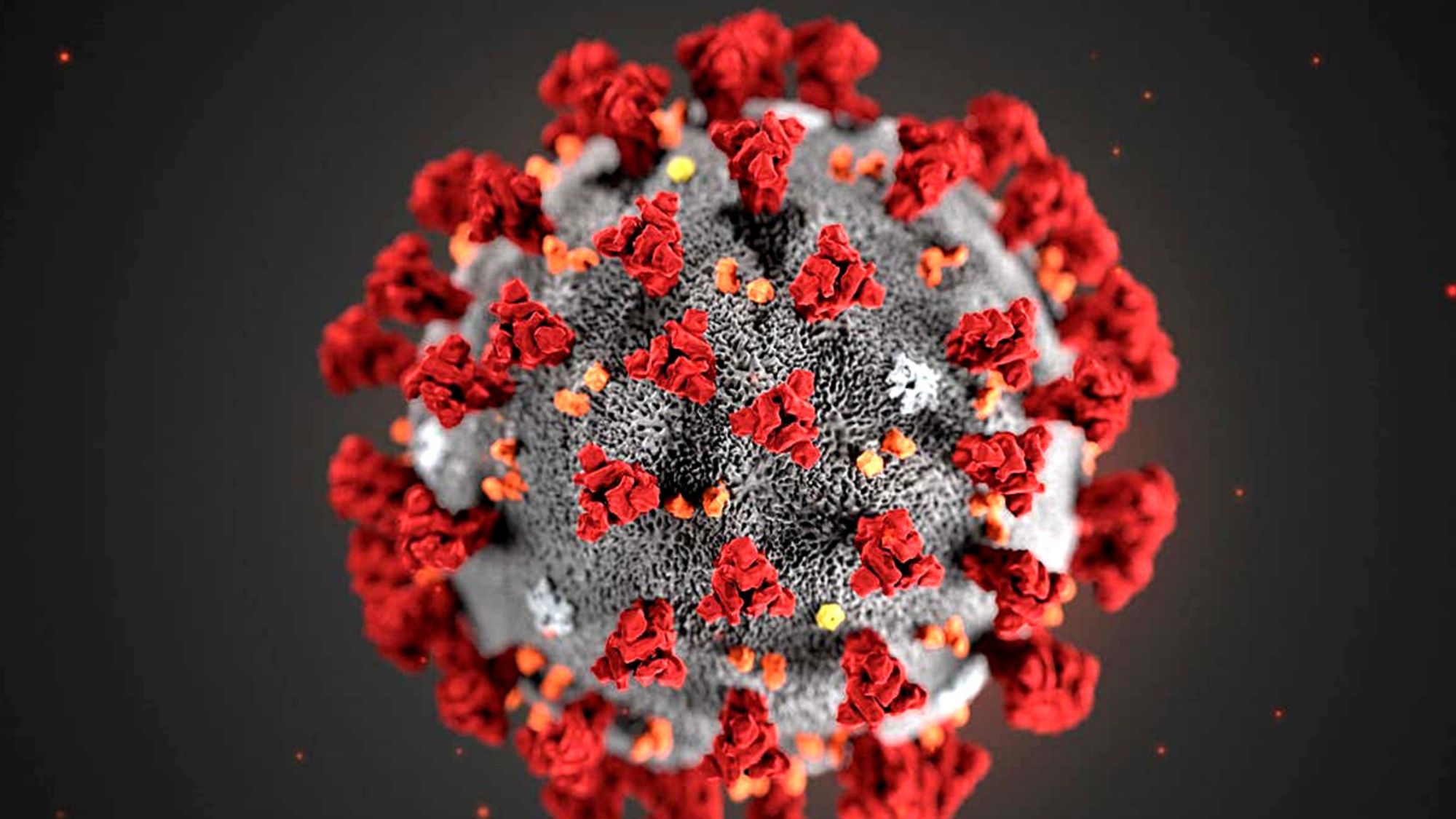Office Hours: Catherine Tinsley Discusses the Evolution of Norms During the Pandemic
The COVID-19 lockdowns of early 2020 brought unprecedented disruption to normal life. In response, people adopted new social norms that ranged from halting dining in restaurants, going to the movie theater, hanging out with friends, or visiting relatives – all to mitigate the risk of getting sick or potentially spreading the virus to others. However, throughout the course of the pandemic, these norms evolved as restrictions eased and society slowly began to return to a version of what it once was.
In a recently published study, Risk Creep: A COVID-19 Longitudinal Field Study, Catherine Tinsley, professor of management, and Jennifer Logg, assistant professor of management at Georgetown’s McDonough School of Business, discuss the role of social learning and how it shaped modern norms during the pandemic. Tinsley’s and Logg’s research analyzes the significance of information gathering from one person to another and how these conversations motivate people to take similar, if not greater, risks in a post-pandemic era. Some of these conversations might surround group exercise, comfort levels when socializing in small groups, or attending large gatherings for the first time in several years. Below, Tinsley shares insights into their assessments of risk tolerance and how societal norms evolved over the course of the pandemic.
What is the definition of “risk creep,” and how does it influence society today? How do experiential learning and social learning play a role in shaping norms, and what do they teach us about how these new norms can be recreated in the future?
The main findings of the research suggest that risk-taking can spread through an organization through social and experiential learning. The study, conducted during the COVID-19 pandemic, found evidence of a phenomenon called “risk creep,” which refers to a growing tolerance of risky behavior due to near misses or events that could have resulted in a negative outcome but did not. The study showed that people who saw others engaging in risky behavior were more likely to do so themselves the following week, indicating the influence of social learning or learning by modeling after others. Similarly, people who engaged in risky behavior without serious consequences tended to become less careful with their behavior, indicating the influence of experiential learning or learning by experimentation and evaluation of results.
The research highlights the need for companies to be aware of the potential for risk-taking to spread through their organization and to take steps to prevent excessive risk-taking. We found that social and experiential learning are not mutually exclusive. Instead, they can work together to reinforce certain behaviors and create new social norms. By understanding what guides employees’ behavior, managers can predict it better and anticipate downstream consequences, which can help them communicate with employees and calibrate risk more appropriately.
What were some of the main motivations that led you to carry out this type of research?
One of my major areas of research is studying the decisions people make under conditions of risk and uncertainty. COVID-19 presented a context of unprecedented, once-in-a-lifetime levels of uncertainty. I was curious about the choices people would make across various daily behaviors that now were suddenly risky. How did they evaluate and balance these risks? And how did the behavior of others influence their decision calculus?
Can your findings on “risk creep” help us better understand social behaviors outside of the COVID-19 pandemic? If so, how?
The findings on “risk creep” can certainly help us better understand social behaviors outside of the pandemic. The phenomenon of “risk creep” is not unique to COVID-19 and can be observed in other areas of life where people take risks that are not immediately punished. By studying the influence of social and experiential learning on risk-taking, researchers can gain insights into how new norms are created, how they are reinforced, and how they can be changed over time.
For example, the findings on “risk creep” can be applied to understand the spread of risky financial behavior among investors or the adoption of new technologies in a business environment. Understanding the factors that drive risk-taking in these contexts can help organizations design interventions that promote more responsible decision-making.
What are some new questions that your research raises? What might be required of these investigations?
One question that arises from this research is whether social and experiential learning has different impacts on risk-taking behavior in different cultural contexts. For example, do people in individualistic cultures rely more on experiential learning, while people in collectivistic cultures rely more on social learning? Investigating these questions would require cross-cultural studies that compare risk-taking behavior and the influence of social and experiential learning across different cultural contexts.
Another question that arises is how different types of risk-taking behavior are influenced by social and experiential learning. For example, do people take more risks in areas where they have expertise and experience, and are they more likely to be influenced by social learning in areas with less knowledge? Studies that look at different types of risk-taking behavior and how they are influenced by social and experiential learning in different contexts would aid in answering these aforementioned questions.
- Tagged
- Faculty
- Management
